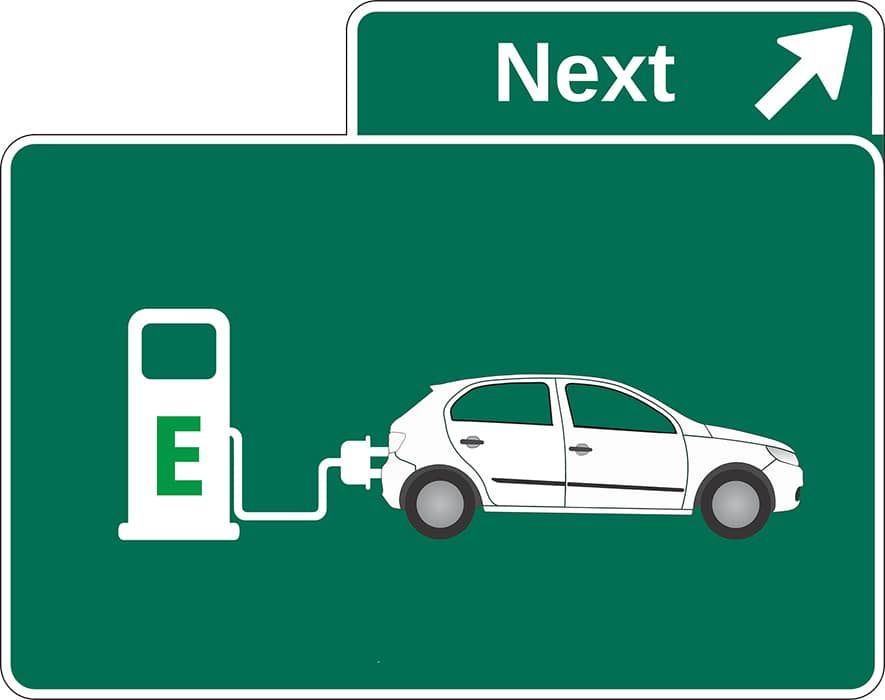Electric vehicles to go from 11 million to 145 million in nine years, says IEA
By Jillian Ambrose | May 1, 2021
 Image courtesy of Gerd Altmann/Pixabay
Image courtesy of Gerd Altmann/Pixabay
Editor’s note: This story was originally published by The Guardian. It appears here as part of the Climate Desk collaboration.
The number of electric cars, vans, trucks, and buses on the world’s roads is on course to increase from 11 million vehicles to 145 million by the end of the decade, which could wipe out demand for millions of barrels of oil every day.
And there could be even more electric vehicles on the road by 2030 if policymakers were to give them a jumpstart; a newly released report by the International Energy Agency (IEA) has found that there could be as many as 230 million electric vehicles worldwide by 2030 if governments agreed to accelerate their efforts to encourage production of the low-carbon vehicles—vital to staying within the global climate target.
The IEA’s first global report on electric vehicles has found that sales in the first quarter of 2021 were more than 2.5 times higher than in the same months last year, when the Covid-19 pandemic triggered a string of recessions across global economies.
Despite the economic slowdown, which caused the global car industry to shrink by 16 percent last year, a record 3 million new electric cars were registered around the world last year, to bring the total to 10 million electric cars. There are also approximately 1 million electric vans, heavy trucks, and buses.The increase in electric cars is closely watched by the energy industry and is expected to have significant implications for oil companies, which rely on the demand for fuel for transportation to support the profits they make from producing crude oil.
Under the world’s existing climate policies, electric vehicles could remove the need for more than 2 million barrels a day of diesel and gasoline by 2030, and save the equivalent of 120 million metric tons of carbon dioxide.
If governments increase their ambition for electric road transportation to align with global climate targets, electric vehicles could displace about 3.5 million barrels of oil a day, almost doubling the carbon savings. The electric vehicle boom also has multibillion-dollar implications for the global automotive industry. The IEA said consumers spent $120 billion on electric vehicles last year, up 50 percent from the year before, as carmakers offered 370 electric models to the market, an increase of 40 percent compared with 2019.

The race to corner the electric vehicle market is expected to gain pace as 18 of the 20 largest carmakers—representing 90 percent of the global automotive industry—prepare to increase the number of models on offer, and increase the number of electric light-duty vehicles from their production lines, the report adds. “Current sales trends are very encouraging but our shared climate and energy goals call for even faster market uptake,” said Fatih Birol, the IEA’s executive director.
The report says producing enough electric vehicles to put the world on course to meet its climate targets would be a “formidable challenge” and calls for “stronger ambition and action from all countries.”
Birol said: “Governments should now be doing the essential groundwork to accelerate the adoption of electric vehicles by using economic recovery packages to invest in battery manufacturing and the development of widespread and reliable charging infrastructure.”
The IEA expects advances in battery technology and mass manufacturing of electric cars will continue to reduce their cost—and decrease the need for government subsidies. But the 2020s will also need government policies that promote the introduction of low-carbon medium- and heavy-duty vehicles and greater investment in installing fast-charging infrastructure.
Together, we make the world safer.
The Bulletin elevates expert voices above the noise. But as an independent nonprofit organization, our operations depend on the support of readers like you. Help us continue to deliver quality journalism that holds leaders accountable. Your support of our work at any level is important. In return, we promise our coverage will be understandable, influential, vigilant, solution-oriented, and fair-minded. Together we can make a difference.
Keywords: Carbon emissions, EVs, IEA, International Energy Agency, automobiles, cars, climate change, climate crisis, electric vehicles, global warming, transportation
Topics: Climate Change
















I honestly believe that once a full charge enables 600 miles of travel, and, fast charging is the norm – less than an hour to fully charge a nearly dead battery, the market will take off.. It would also be beneficial for a standard charging port design.
The projection is silly. America can’t even reach 1 million vehicles without massive subsidies. A better direction, worthy of investment, would be hybrids. The average daily mileage of the 300 million automobiles in the US is just 28 miles. An onboard battery that can provide 50 miles before switching to gasoline combustion would reduce emissions by 50%. It is also a technology that can be retrofitted to existing vehicles. Instead, cheerleaders are driving the wholesale switch to electric vehicles because they believe these vehicles efficiently run on green energy – a false belief. So, instead of doing something viable (and… Read more »